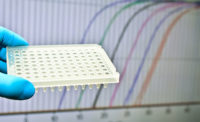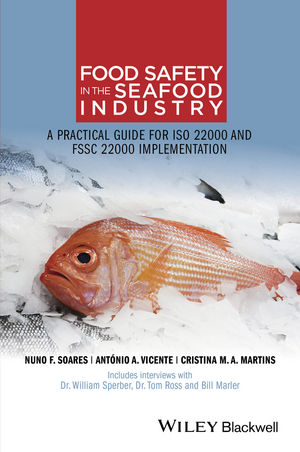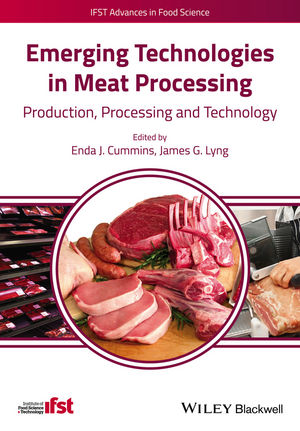Faster PCR methods, better culture methods, more selective enrichment methods and quantitative biosensor methods all have advance the field of rapid pathogen testing recently. Speed and sensitivity are two areas researchers are targeting, says Loreen Stromberg, a postdoctoral researcher at Iowa State University in Ames and chief executive officer and co-founder of NanoSpy Inc.
Stromberg and Carmen Gomes, associate professor in the department of Mechanical Engineering at Iowa State University and co-founder of NanoSpy, specialize in development and testing of biosensors for detecting foodborne pathogens in food-processing plants. The rapid test can return results in 20 to 30 minutes, versus the 24 to 48 hours necessary for enrichment-dependent methods.
NanoSpy focuses on developing electrochemical sensors, a technology invented by Jonathan Clausssen, assistant professor in in the department of Mechanical Engineering at Iowa State University and co-founder of NanoSpy, and his team. Those sensors are electrodes fabricated with inkjet-printed graphene that are laser-treated to increase the surface area and conductivity of the sensor. These properties allow for very sensitive detection of bacteria because of the increased surface area and intense electrical field generated on the surface of the sensor, Stromberg explains. NanoSpy can functionalize the surface for numerous targets, but specifically for foodborne pathogens, it uses aptamers to detect Salmonella in pork and Listeria in dairy and produce wash water.
“It works very much like the glucose testing that you would have available in the pharmacy for measuring glucose,” Gomes says. “You convert the signal of your bacteria binding onto your sensor into a signal that is easy to interpret by non-technical people.”
Work on rapid testing of Shiga toxin-producing Escherichia coli (STEC) also continues this year through the Coordinated Agricultural Program (CAP) grant from the U.S. Department of Agriculture. CAP grant researchers are developing detection methods for the several STEC pathogens, including O26, O45, O103, O111, O121, O145 and O157 in the beef industry.
In turn, the CAP grant is studying three lines of PCR rapid testing. The first method is traditional PCR, which is able to detect around a dozen molecular targets simultaneously in one reaction. For the CAP grant, the technology can detect and differentiate O157 and the other six major STEC O groups of E. coli plus four major virulence genes.
“By other methods it would be difficult to handle, but by traditional PCR methods we were able to detect all 11 genes in one reaction,” says Jianfa Bai, associate professor and director of molecular research and development in the Kansas State Veterinary Diagnostic Laboratory at Kansas State University in Manhattan, Kan.
Traditional PCR is not able to quantify the concentration of bacteria in a sample. With real-time PCR, though, researchers can only detect three or four targets per reaction, but can quantify and tell not only which bacteria are present in the sample, but also the concentration of E. coli. Currently, CAP grant researchers have developed three tests to cover the seven E. coli O groups and major virulence genes. Bai says traditional PCR could be used as a screening for bacteria, and if the test is positive, real-time PCR can quantify it if needed.
The challenge then becomes if a virulence gene, i.e., Shiga toxin gene, is detected in a sample, one cannot confirm whether the virulence gene is carried by specific bacteria because multiple bacteria strains are present in animal samples. Digital PCR, the CAP grant’s third line of PCR study, answers this challenge. Digital PCR is to have a PCR reaction allocated into at least a few hundred little chambers, having a reaction occur within each chamber.
“Because a chamber is so small, normally it only contains a single bacteria cell,” Bai explains. “If two signals, i.e., O157 and a Shiga toxin gene, are detected from the same chamber, it will indicate that the Shiga toxin gene is carried by the O157 strain. That way it not only can detect and quantify, but confirm the virulence gene is carried by which particular E. coli strain.”
Bai is optimistic about digital PCR as the test offers next-day reporting, which is much shorter than the current weeklong STEC confirmation procedure. While the CAP grant researchers are testing these methods strictly for STEC in beef, Bai adds the methodologies can be used can be used for other Gram-negative bacteria. NP







Report Abusive Comment